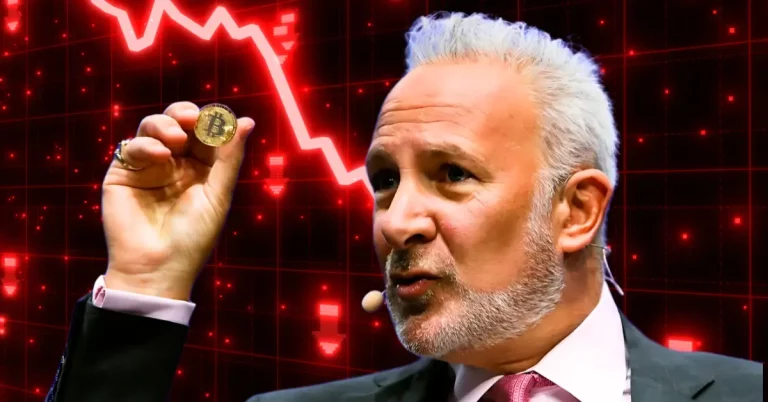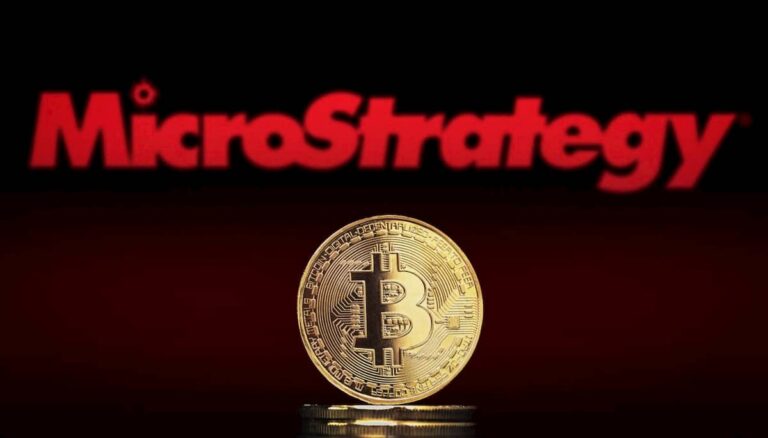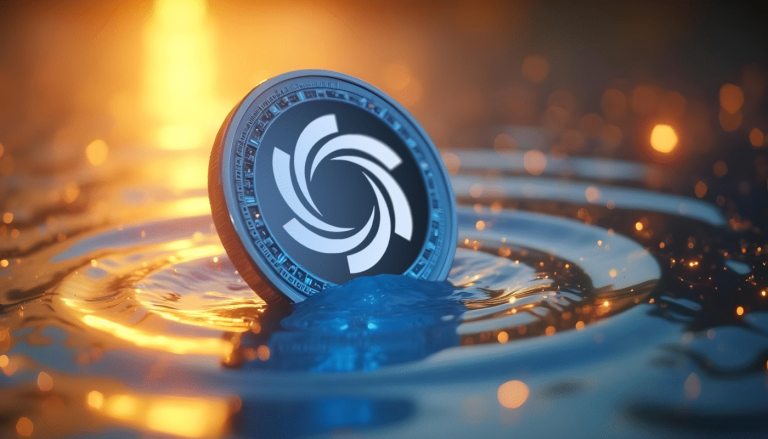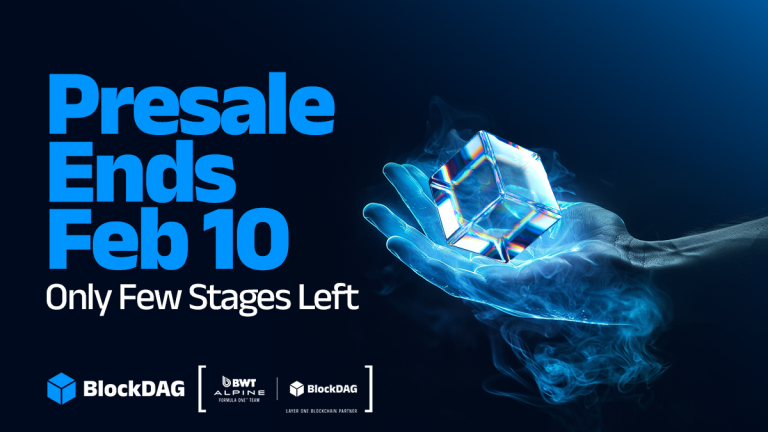
The Rise of Digital Art
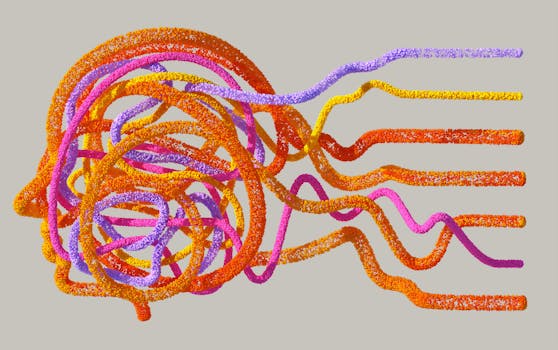
In recent years, digital art has taken the world by storm, transforming how we perceive and engage with creativity. Unlike traditional art forms, which require brushes, canvas, and physical mediums, digital art utilizes technology such as graphic tablets, software like Adobe Photoshop, and countless applications designed to push the limits of human creativity. With these tools, artists can manipulate digital platforms fundamentally, creating immersive experiences that were previously unimaginable.
Tools Empowering Artists

Modern technology brings a cornucopia of tools available for artists, enabling them to experiment and expand their creative boundaries. Tools such as the iPad Pro with the Apple Pencil—coupled with applications like Procreate—allow artists to create intricate artwork anywhere, eliminating the barriers of carrying heavy materials. Furthermore, 3D modeling software introduces a new dimension to creativity, giving artists the power to visualize and create more realistic representations of their ideas than ever before.
The Influence of Social Media

Social media platforms have played a significant role in the digital art revolution. Sites like Instagram, Pinterest, and TikTok allow artists to showcase their work to a global audience right from their mobile devices. This unprecedented level of exposure not only propels emerging artists to fame but also fosters a collaborative environment where inspirational ideas from around the world can intermingle and influence individual art styles. The community aspect on platforms like Discord and ArtStation further strengthens connections among artists, providing invaluable support and opportunities for feedback.
Virtual Reality and Augmented Reality in Fine Art

As immersive technologies like Virtual Reality (VR) and Augmented Reality (AR) come into the picture, seek new horizons for digital art experiences. These technologies allow users to interact with art in three-dimensional spaces or layer digital elements onto the real world. Artists are currently using Oculus Rift and HTC Vive headsets to create VR art installations that transport viewers to alternate, virtual worlds. This approach to art unlocks various sensory aspects and culminates in engagement far beyond visual appreciation. Future exhibitions may combine notable historical art pieces with modern AR, revitalizing how we experience art history.
The Evolution of Perception – Changing Views on ‘Art’
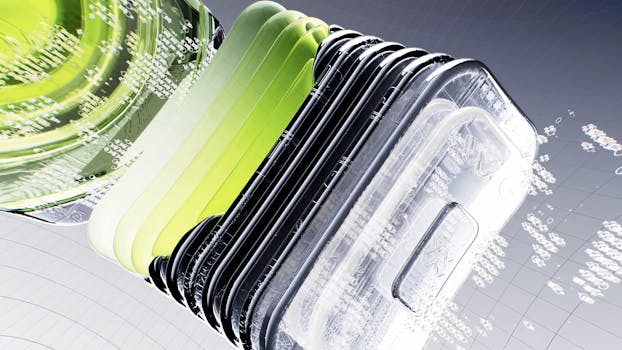
With such extravagance ushered in by digital technologies, traditional definitions of art have begun to fluctuate. Schools of thought are continuously evolving, and as boundaries dissolve, the classification of ‘fine art’ expands. Cryptographic technology introduces the notion of NFTs (Non-Fungible Tokens), enabling artists to monetize their digital creations while providing buyers proof of ownership, thus observing commodity practice actively reshape consumer behavior in art. The advent of digital art forms fines traditional collectors wary but also intrigued, suggesting a shift towards embracing a constellation of creative expressions.

